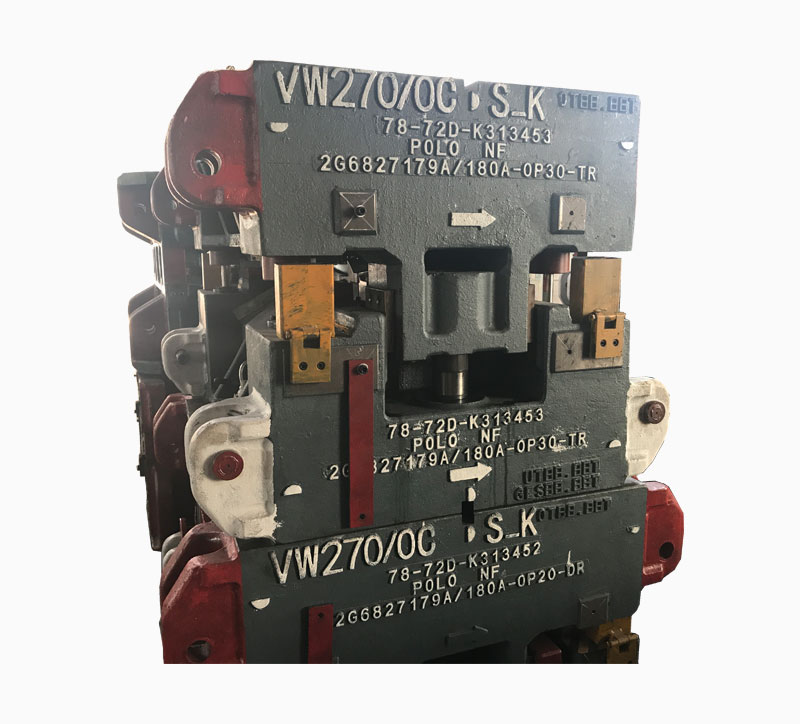When the molten plastic meets the insert hole, the area […]
When the molten plastic meets the insert hole, the area where the flow rate is inconsistent, and the area where the filling flow is interrupted in the cavity, when it meets in multiple strands, a linear welding seam is produced because it cannot be completely fused. In addition, the sprue injection molding will also produce welded joints, and the strength and other properties of the welded joints are poor. The main reasons are as follows:
1. Processing aspects:
(1) The injection pressure and speed are too low, the barrel temperature, and the mold temperature are too low, resulting in premature cooling of the molten material entering the mold and weld seams.
(2) When the injection pressure and speed are too high, jetting will occur and weld seams will appear.
(3) The speed should be increased and the back pressure should be increased to decrease the viscosity of the plastic and increase the density.
(4) Plastics should be dried well, and recycled materials should be used less. If the amount of release agent is too much or the quality is not good, welded joints will appear.
(5) Reduce the clamping force to facilitate exhaust.

2. Mould:
(1) If there are too many gates in the same cavity, the gates should be reduced or set symmetrically, or set as close as possible to the welding seam.
(2) Poor exhaust at the welded joints, an exhaust system should be installed.
(3) The runner is too large and the size of the gating system is improper. The gate should be opened to avoid the flow of melt around the hole of the insert, or use the insert as little as possible.
(4) If the wall thickness changes too large or the wall thickness is too thin, the wall thickness of the part should be made uniform.
(5) When necessary, a fusion well should be opened at the weld joint to make the weld joint separate from the workpiece.
3. In terms of plastics:
(1) Lubricants and stabilizers should be appropriately added to plastics with poor fluidity or heat sensitivity.
(2) Plastics contain a lot of impurities. If necessary, replace with good quality plastics.
Please Leave Your Email Or Phone Number,So We Can Contact You As Soon As Possible
Contact us
Taizhou Booling Mould Co., Ltd. is a famous China Plastic Moulds Manufacturers and Extrusion Blow Moulding factory,we produces and deals with various injection mould,extrustion blow moulds and plastic mould machinery,etc.



 Languages
Languages